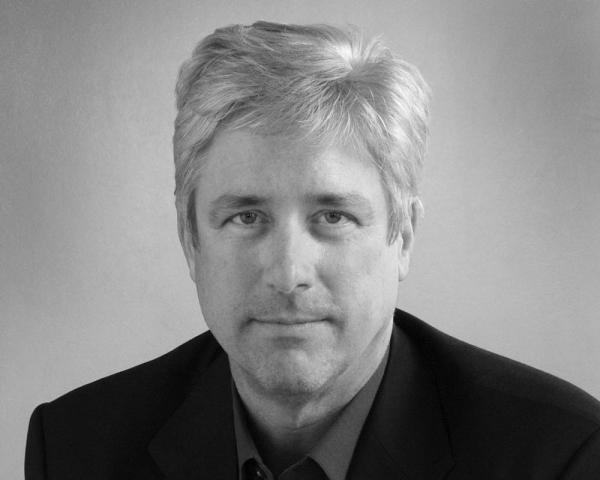The demise, or at least the irrelevance of, independent insurance agents has long been predicted, probably going back to the 1960s. Captive and direct response agency companies will rule the consumer, the pundits declared. Even independent agency carriers like The Hartford hedged their bets, doing deals to sell direct via affinity groups like AARP. In the late 1990s, pundits predicted that everyone would get their insurance coverage via a dot.com. And, more recently, the anti-agent noise has accelerated within the insurtech sector.
Everyone needs to calm down.
Independent insurance agents and brokers are alive and well — and expanding their numbers. Even the “just OK” firms are doing quite well, thank you.
Independent agents have been around since the 1800s. The so-called Yonkers Case, in New York, in 1904 affirmed the right of these agents to ownership of their renewals and to place a customer’s business with any carrier they saw fit.
For a long time, local independent insurance agencies pretty much looked the same. They were mom and pop offices on Main Street all across the country. Today the entire system has evolved into a wide variety of models. COVID-19 sped up some of the changes that were happening anyway.
But make no mistake: Independent agents are as relevant as ever, and they have opportunities everywhere. Even the mom and pops.
What has enabled agents to thrive? What drives those strong valuations and volumes of agency merger and acquisition (M&A) transactions? And why are the terms “agency distribution channel” or “system” no longer valid or all-encompassing?
I chatted recently with insurance industry pundit, author, speaker and historian Brian Sullivan, who’s been covering personal lines marketplace issues for a long time. Coincidentally, he and I were working on talks we were soon to deliver at different agent conventions.
To begin with, we agreed that we all should rethink the terms independent agency “system,” “channel” and “distribution.”
See also: When Captive Agents Go Independent
Variety of models
The agency distribution system actually is a diverse collection of channels. Imagine a huge “insurance farm” generating hundreds of billions in premium revenue, with multiple silos. The agents are all on the farm; they’re all providing some form of risk management and insurance advice. But each occupies only one area of the larger farm.
That diversity is a strength. It is why agents have maintained and even grown market share in multiple lines of insurance business.
The models include:
- Large, multiline agents
- Small, niche, expertise-driven agents
- Commercial or personal lines-only agents
- Franchise agents (e.g., Brightway)
- New, marketing-focused agents trained at large captives
- Specialized niche and program agents
- Commercial specialists that have evolved into wholesalers, managing general agents and managing general underwriters
- Online-only or virtual agencies (no physical offices)
- Semi-captive agents (Erie, Mercury)
- “And, yes,” Sullivan told me, “old-school agencies with family member principals and Main Street storefronts that sponsor Little League teams!”
Growth of aggregators
Another trend, which started in the 1980s, has been the growth of agency aggregators. These networks, alliances, clusters, etc., provide back-office tech and service support, marketing and increased commission dollars for affiliated agencies. These organizations have grown rapidly in the last 10 to 15 years.
Overall, the number of independent agencies has increased. In 2022, the estimated total number of independent property-casualty agents and brokers in the U.S. stands at 40,000, an increase from 36,000 in 2020. It’s pretty amazing that we saw a growth of 4,000 agencies during the pandemic.
M&A activity continues to affect the agency channel. But the increase in the number of agencies is driven by small agencies, as agents continue to establish their own agencies or move from the captive to independent space. In fact, State Farm is the only major captive agent company left. The other biggies, Nationwide and Allstate, have gone independent.
Back to the farm analogy: Just as farmers have embraced technology to increase their harvest yields, smart independent agents are investing in digital marketing, efficient CRM systems, consumer apps, etc., to increase their harvest.
See also: A Heyday for Independent Agents
Employment branding is key
These various distribution models have a bright future as employers. Emerging professionals in their 20s (Gen Z) like a stable work environment, giving back to the community, flexible schedules and measurable results. As consumers, they like shopping local. They are drawn to bespoke things like craft beer; thus, they appreciate tailored financial advice — maybe more so than boomers, Sullivan reasons.
But can this future talent find their local agencies? Especially some of the more invisible models noted above that lack a storefront presence? Finding qualified staff and marketing continue to be key agency challenges, according to the 2022 “Agency Universe Study,” published by the Independent Insurance Agents & Brokers of America. More than four in 10 of agents find it challenging to find and screen job candidates with strong potential. Overall, this was the No. 1 challenge identified by agents.
That is why agents need to market their internal brands, and the culture they can provide, at least as much as they market products and services. It will behoove agency owners to restock their talent with younger, diverse workers to match what’s happening to their customer base. Most have been challenged to do that for decades, but the population shift makes this more urgent today.
The average agency principal is 54 years old, and 17% are age 66 or older, according to the Agency Universe Study. But inclusion has gained some ground. In 2022, 47% of agency principals are women, a gain from 42% in 2020, and 83% are white, down from 88% in 2020. Medium-sized and larger agencies are especially likely to have male principals or senior managers.
While it appears to be under the radar, the retail independent agency is a fantastic business. Even average firms crank out a nice profit. The highly profitable ones already have been bought, or they’re buying others. Private equity, aggregators and larger agencies have been buying independent agents at a feverish pace, although their pace will slow with higher interest rates and reduced available capital.
In my 40 years of working in this business, I’ve never met a destitute independent insurance agent.
Some agents are just smarter than others, Mr. Sullivan and I have agreed.







